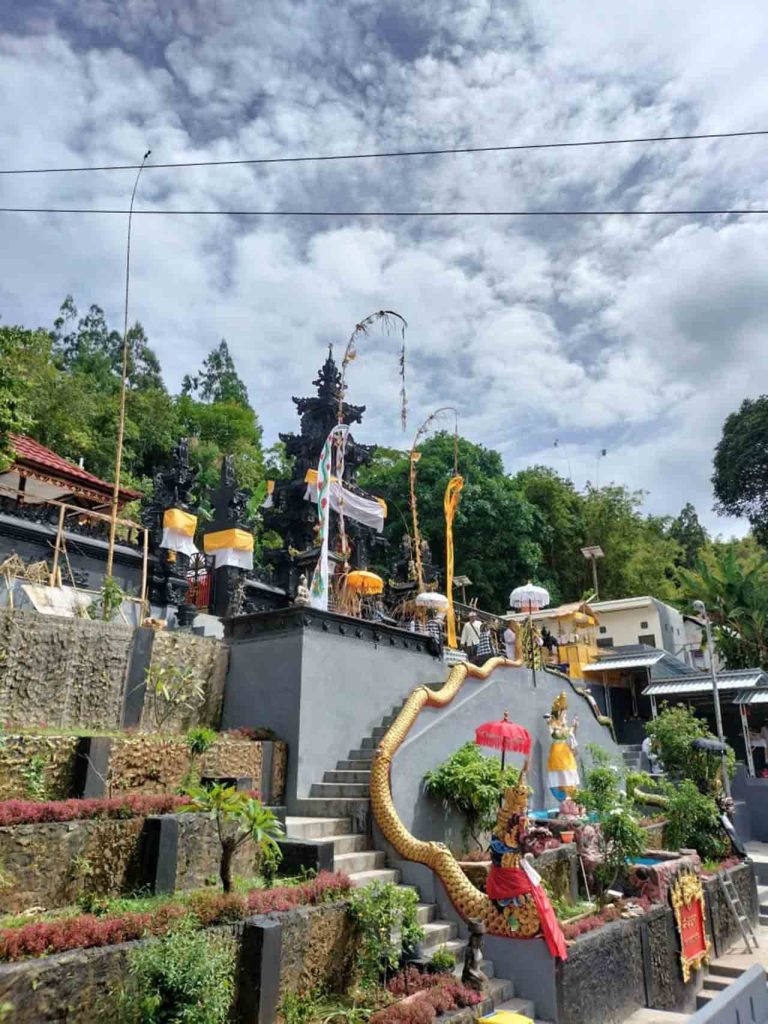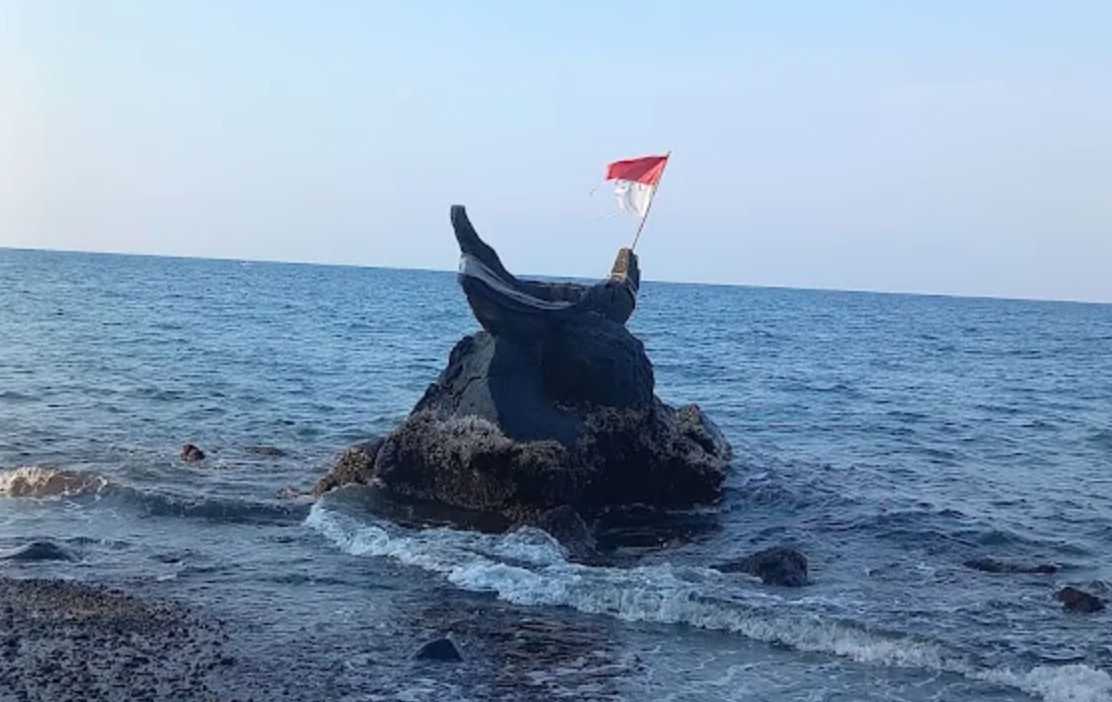Nestled atop Mount Mangu (also known as Mount Catur) at an elevation of 2,096 meters above sea level, Pura Pucak Mangu stands as one of Bali’s most revered sacred temples.
Located in Banjar Tinggan, Pelaga Village, Petang District, Badung Regency, this temple offers not only a place of worship but also a spiritual journey through Bali’s rich cultural heritage and breathtaking natural beauty.
Historical Roots and Spiritual Legacy
Pura Pucak Mangu is believed to have existed since the Megalithic era, evidenced by the presence of a large lingga stone at the temple’s main courtyard.
Historically, this site holds profound significance as the place where I Gusti Agung Putu, the founder of the Mengwi Kingdom, undertook deep meditation (tapa brata) after a military defeat. Through spiritual revelation (pawisik), he regained strength and eventually established the Kingdom of Mengwi.
This story not only marks the temple as a historical site but also reinforces its spiritual depth, making it a place of pilgrimage for those seeking clarity, strength, and divine connection.
Religious Functions in Balinese Hinduism
Pura Pucak Mangu plays a vital role in the religious framework of Balinese Hinduism through two key concepts:
- Catur Loka Pala: As one of the four temples guarding the cardinal directions, this temple represents the northern guardian and is the sacred abode (stana) of Dewa Sangkara, a manifestation of Lord Shiva responsible for preservation.
- Padma Bhuwana: In this cosmological concept, the temple also functions as a central worship point for Dewa Sangkara, emphasizing the maintenance aspect of the Tri Murti doctrine.
These roles highlight the temple’s significance in maintaining the balance between the physical and spiritual worlds in accordance with the Balinese philosophy of Tri Hita Karana.
Annual Religious Ceremony: Piodalan
The annual piodalan (temple anniversary ceremony) at Pura Pucak Mangu is held during the fifth full moon (Purnamaning Kalima), which falls on Buda Wage Warigadian. The ceremony includes multiple levels of rituals, adjusted based on the temple’s custodians and community consensus.
During the COVID-19 pandemic, the ceremony continued under strict health protocols, including attendance limits and social distancing measures, showcasing the community’s resilience in preserving tradition while adapting to global challenges.
A Spiritual Journey through Nature
Reaching Pura Pucak Mangu requires a trek of approximately 6 kilometers through lush forest trails. Though the journey is physically demanding, it rewards visitors with stunning views of Lake Beratan, Mount Batur, and Mount Abang.
The peaceful atmosphere, untouched nature, and sacred energy make this temple a perfect destination for meditation, reflection, and spiritual retreat.
More Than a Temple: A Living Heritage
Pura Pucak Mangu is not merely a religious site—it is a living cultural monument. Its spiritual essence, historical depth, and harmonious connection with nature offer visitors a rare opportunity to experience the sacred heart of Bali.
For travelers seeking spiritual enrichment, cultural exploration, or simply a tranquil escape in the highlands of Bali, Pura Pucak Mangu is a hidden gem worth the journey. (BT)





